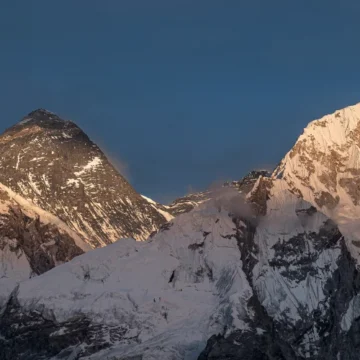
Manaslu Circuit Trek for Beginners
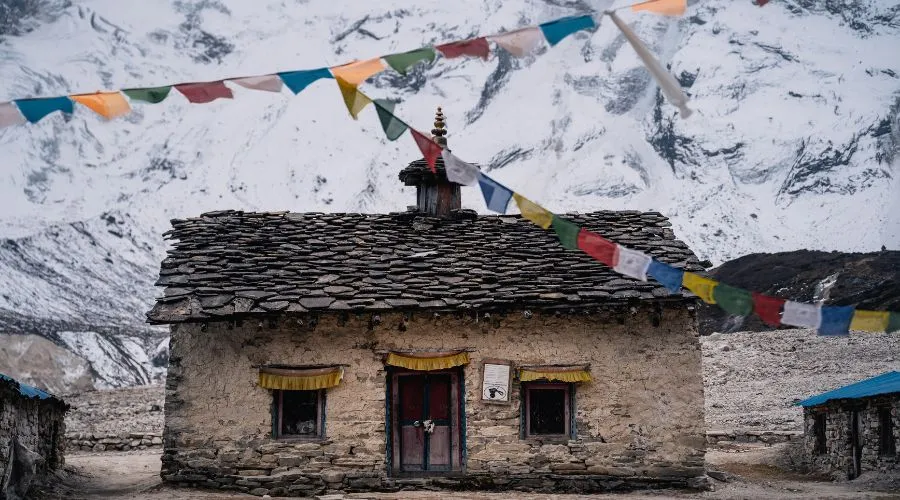
Mount Manaslu, a wonder of Nepal, is nestled in Nepal and proudly stands as the eighth tallest mountain in the world. The Manaslu base camp trek altitude is 8,163 meters (26,781 feet). It is also known as the “mountain of the spirit.” As Manaslu Circuit Trek is not overcrowded, it offers something special for those who seek a quieter path. It is like a hidden gem in the Himalayas.
The Manaslu Circuit Trek is an attractive journey that attracts adventurers of all levels. Whether you’re a beginner or experienced trekker, proper planning and preparation are key to a successful expedition.
Key Facts about Manaslu Circuit Trek
- The trek begins and ends in Aarughat (600 m) and reaches the Manaslu Circuit Trek altitude of 4,800 meters.
- Activities: Trekking and Hiking
- Duration: 14-16 Days
- Starting Elevation: 600 m (Aarughat)
- Maximum Elevation: 4,800 m (Manaslu Base Camp)
- Start and Ending Point: Aarughat
- Best Time to Visit: Spring (March to Early May) and Autumn (September to early November)
- Difficulty Level: Moderate to Challenging
- Accommodation: Teahouses in the Mountains
13-Day Manaslu Base Camp Trek Itinerary for First-Time Trekkers
When planning your journey to Mount Manaslu Trek, consider the following 13-day itinerary:
Day 01: Drive from Kathmandu to Machha Khola via Soti Khola (930m)
The route takes us through scenic landscapes alongside the Trishuli River on the northward from Aarughat- Soti Khola- Machha Khola.
- Distance: 146 km
- Duration: 5 to 6 hours
Day 02: Trek from Machha Khola to Jagat (1340 m)
Walk along the Budhi Gandaki River to Khorlabesi- Dovan- Thulo Dunga- Jagat
- Distance: 18 km
- Duration: 6 to 7 hours
Day 03: Trek from Jagat to Deng (Dyang) (1860 m)
Mostly farmlands, bamboo forests, and wildlife-rich areas
- Distance: 12 km
- Duration: 5 to 6 hours
Day 04: Trek from Deng to Namrung (2660 m)
Walk on Terrance farm to Ghap- Rana- Namrung
- Distance: 19 km
- Duration: 6 to 7 hours
Day 05: Trek from Namrung to Shyala Village (3420 m)
Pass Tibetain villages such as Lihi- Lho- Shyala Village
- Distance: 9.7 km
- Duration: 4 hours
Day 06: Trek to Samagoun (3540 meters) via Pungen Monastery
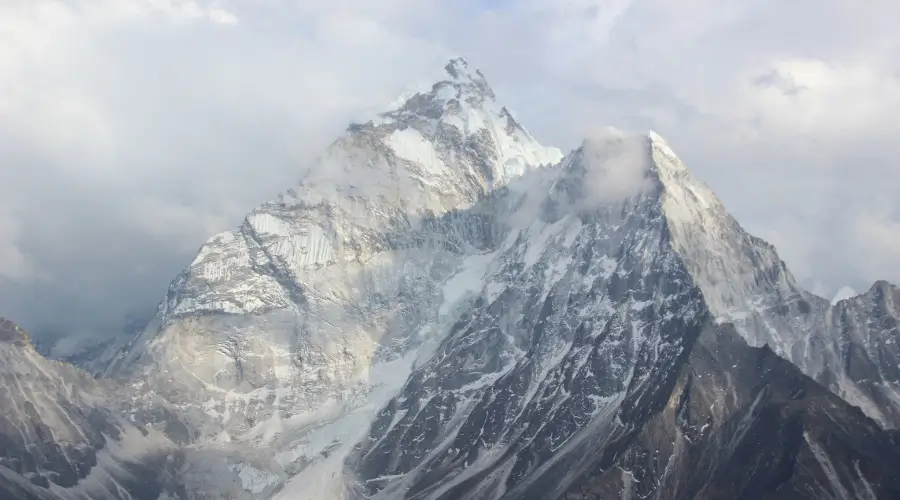
Tibetan-influenced villages such as terraced fields- Pungen Monastery- Sama Gaun
- Distance: 8.2km
- Duration: 4 hours
Day 07: Rest at Samagoun/ Trip to Manaslu Circuit Trek
Birendra Lake- Manaslu Base Camp
Day 08: Trek from Sama Gaun to Samdo (3860 m)
Crossing the Budhi Gandaki River- Samdo
- Distance:16.4 km
- Duration: 6 hours
Day 09: Rest Day at Samdo (3860 m) (Acclimatization Hike to Tibet Border)
Close to the Tibetan Border
Day 10: Trek from Samdo to Dharamasala (4480 m)
Walk along Budhi Gandaki River to Dharmasala.
- Distance: 12 km
- Duration: 5 hours
Day 11: Trek from Dharamasala to Bhimtang (3750 m) via Larke Pass (5160 m)
25 km journey via Larke Phedi- Larke Pass- Bhimtang
- Distance: 24.7 km
- Duration: 8-9 hours
Day 12: Trek from Bhimtang to Tilje Village (2550 m)
walk downhill via a lush green forest
- Distance: 20 km
- Duration: 6 hours
Day 13: Drive from Beshisahar to Kathmandu or Pokhara
A 5-hour local jeep drive from Tilje to Beshisahar precedes a 6-hour bus journey to Kathmandu.
- Distance: 118km
- Duration: 10 hours
Calculate Costs Before Joining the Manaslu Circuit Trek:
The cost of the Manaslu Base Camp trek cost and itinerary varies based on factors such as group size, duration, accommodation type, and services chosen. The estimated Manaslu Circuit trek price can range from $1,200 to $3,000 or more.
Consider the type of accommodation (standard or luxury), the number of days, and additional services when calculating your budget. Keep in mind that having some extra funds for emergencies and unforeseen expenses is essential.
Check with your chosen trekking agency for a detailed breakdown of the Manaslu circuit cost and what is included in the package. Additionally, inquire about any optional services, such as helicopter evacuation or additional side trips, that might incur extra charges.
Choose the Right Accommodation Facilities at Manaslu Circuit Trek

Accommodation options on the Manaslu Base Camp trek are somewhat similar to those on the Everest trail. Tea houses, operated by local communities, are the primary lodging choice. Here’s what you can expect regarding accommodation during the Manaslu trek:
Tea Houses
Basic tea houses along the Manaslu trail provide a bed, simple meals, and a communal dining area. While not luxurious, they offer a genuine experience of local hospitality. Accommodations may vary in terms of comfort, cleanliness, and available facilities.
Luxury Lodges
While the level of luxury is lower than in some Everest lodges, there are a few upscale lodges in the trekking Manaslu circuit. These lodges provide more comfortable beds, better facilities, and sometimes private bathrooms. Luxury accommodation is limited compared to the Everest region.
Tips for a Successful Manaslu Circuit Trek for Beginners
Permit Requirements:
- Manaslu Conservation Area Permit (MCAP)
- Annapurna Conservation Area Permit (ACAP)
- Restricted Area Permit (RAP)
Choosing the Best Time:
- Spring (March to Early May) and Autumn (September to early November) are ideal.
- Consider weather conditions and visibility.
Calculating Costs:
- Manaslu circuit trek cost is based on group size, accommodation type, and additional services.
- Budget for unforeseen expenses and emergencies.
Accommodation Facilities:
- Teahouses along the route provide basic accommodation.
- Luxury lodge options are available for those seeking more comfort at MT Manaslu Trek.
Toilet Facilities:
- Basic toilet facilities are available in teahouses.
- Carry toiletries, wet wipes, and hand sanitizers for convenience.
Food and Hydration:
- Teahouses offer a variety of meals.
- Stay hydrated with 3-4 liters of water daily.
- Be mindful of a balanced diet to maintain energy levels.
Communication and Internet:
- Limited cellular network coverage in some areas around Manaslu Trek.
- Wi-Fi is available in certain teahouses, but don’t depend on it.
Guides and Porters:
- Hiring a guide is mandatory and highly recommended for beginners around Manaslu Trek.
- Porters can help with carrying heavy loads, easing physical strain.
Travel Insurance:
- Essential for covering medical emergencies and evacuation.
- Ensure coverage up to high altitudes.
Physical and Mental Preparation:
- Implement a training program focusing on cardio and strength exercises.
- Acclimatize properly and be mindful of your mental well-being.
Gear and Equipment:
- Pack essential clothing, footwear, trekking poles, and a sleeping bag.
- Include a comprehensive first aid kit, sunscreen, and necessary personal items.
More Tips for Manaslu Circuit Trek
Respecting local culture and traditions is crucial for the Manaslu trekking route. The Manaslu base camp trekking is home to diverse ethnic communities, including the Nubri and Tsum Valley inhabitants. Awareness of and honoring local customs enriches your trekking experience and fosters positive interactions with the local communities.
Here are some guidelines for respecting local culture:
- Learn a few basic greetings in the local language, like “Namaste” in Nepali.
- Ask for permission before taking photographs of people, religious sites, or cultural events in the Manaslu and TSUM valley trek.
- Wear modest clothing, especially when visiting monasteries or sacred sites.
- Avoid clothing considered offensive or inappropriate in the local culture.
- Be aware of local customs and traditions, especially during festivals and rituals.
- In many local homes and religious sites, removing your shoes is customary before entering. Be prepared to follow this practice.
- Respect the flora and fauna of the Manaslu trek. Avoid disturbing wildlife and follow designated trails to minimize environmental impact.
- Do not pick or disturb plants, and refrain from littering.
Best Time to Visit Manaslu Base Camp trek
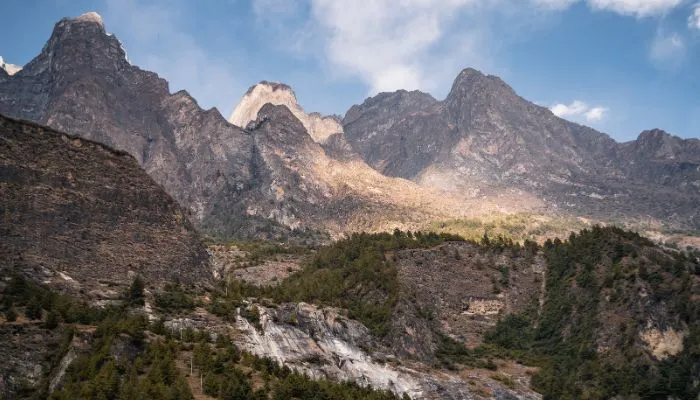
The best time to visit the Manaslu trail is crucial for a successful and enjoyable experience. The weather and trail conditions vary throughout the year, so choosing the right season is vital. Here are the recommended months for the Manaslu Base Camp trek:
Autumn (September to November)
This is the most popular and favorable time for Manaslu Trekking. The weather is stable, offering clear skies and excellent visibility. The temperatures are moderate, and the Manaslu trail is in its best condition. The colorful landscapes, lush forests, and breathtaking views make autumn the preferred trekking season.
Spring (March to May)
Another excellent time to start the Mount Manaslu trek is during spring. The mild weather and the blossoming rhododendron flowers add a vibrant touch to the scenery. Spring provides good visibility, making it an ideal season for photography enthusiasts. The trail conditions are generally good, although some remains of winter snow might be at higher elevations.
Winter (December to February)
Winter brings cold temperatures and snowfall to the Manaslu route. While trekking during this season is possible, it is more challenging due to the harsh weather conditions. The Manaslu trail may be covered in snow, making it difficult, especially at higher altitudes. The Winter Manaslu tour is suitable for experienced trekkers seeking a unique and adventurous experience, but it’s not recommended for beginners.
Summer/Monsoon (June to August)
Monsoon season brings heavy rainfall to the Manaslu trail, making the trail muddy, slippery, and prone to landslides. The visibility could be better, and clouds may obstruct the mountain views. Manaslu Trekking during the monsoon is not advisable, especially for beginners, as it poses significant challenges and safety concerns.
Get Yourself Used to Basic Toilet Facilities at Manaslu Circuit Trek:
The toilet facilities during the Manaslu and TSUM Valley trek can vary. Tea houses provide basic toilets, which could be Western-style or squat. You might find Western-style toilets at lower elevations, while squat toilets are more common at higher altitudes. Flexibility and preparation for different toilet facilities along the trail are essential.
Carry basic toiletries like toilet paper, wet wipes, and hand sanitizer for comfort. As the Mt Manaslu trek region is still relatively remote, bringing essential items with you is wise. Keep in mind that showers may be less readily available at higher elevations, and you might need to use a basin or bucket for washing.
Don’t expect a star hotel shower facility on the Manaslu and TSUM Valley trek.
On the Manaslu trek, most villages offer shower facilities in tea houses, but some may charge extra for hot water, especially at higher altitudes like Samagaun and Samdo. Dharamsala, the last stop before Larkya La Pass, doesn’t have showers. As you climb, shower costs may rise due to logistical challenges. Early spring or late autumn treks might face frozen pipes, limiting hot water availability. It’s best to trek between late March to early May or later September to early November. Bring wet wipes, hand sanitizer, and tissue paper for hygiene. Use wet wipes for quick cleaning, wash hands often, and use dry shampoo for hair. Change clothes regularly, stay hydrated, and use natural water sources when possible.
How can you wash your clothes during the Manaslu Base Camp Trekking?
While trekking the Manaslu Circuit trek, you can do laundry up to Soti Khola, but after that, it’s hard to find laundry places because it’s too cold and some places don’t have machines. You can wash smaller stuff like socks in sinks at teahouses, but the water might be freezing. Sweating can make your clothes smelly, so bring clothes that handle sweat well. Since laundry spots are scarce in high areas, bring enough clean clothes for the whole trek to stay comfy.
Understand what food you are going to eat at Manaslu Trekking.
Given the physical demands of the Manaslu circuit trek, maintaining stamina through proper nutrition is crucial. Teahouses along the Manaslu route offer hygienic food with a menu resembling those in the Everest region. The standard three-meal plan includes breakfast options like bread toasts, pancakes, rice puddings, and oatmeal. Dal Bhat, a combination of rice, lentil soup, and seasonal vegetables, is a staple for lunch and dinner. Additional choices include momos, pizzas, sandwiches, burgers, fried rice, spring rolls, and noodle soup around Manaslu.
What snacks can I eat on the Manaslu route?
Various snacks are available along the Manaslu route, ranging from candies, energy bars, and nuts to Pringles, noodles, cake, pastries, and chocolate bars. While these can be purchased at teahouses, they tend to be expensive around Manaslu. To save on costs, carrying essential snacks like protein bars, chocolates, and nuts from Kathmandu is advisable.
Can I drink alcohol at Manaslu Circuit Trek?
Many people have talked about how alcohol and altitude sickness are connected, and some argue about whether smoking is more important at high altitudes. But on the Manaslu Circuit Trek, both alcohol and smoking are forbidden because they can be dangerous. Alcohol makes you dehydrated and can make it hard to breathe properly, which can lead to altitude sickness. Smoking might seem to lower the risk of altitude sickness in the short term, but it makes it harder for your body to adjust to high altitudes in the long run.
Is it safe to eat meat during the first trek to Manaslu Circuit Trek?
While you’re trekking in Manaslu base camp trek, it’s best to avoid eating meat because it can be hard on your stomach at high altitudes. Your body is already working hard to adjust, so digesting proteins from meat can make things tougher. This might lead to issues like altitude sickness or feeling sick the next day. Instead, focus on foods that are easier to digest, like ones with lots of carbs and fats. This way, you can keep your energy up without putting extra strain on your body.
Are vegan foods available on a trek to Manaslu Circuit Trek?
For vegan trekkers, more options are available along the Manaslu Base Camp trek as awareness of diverse dietary preferences grows. Vegan food excludes animal-derived ingredients like meat, dairy, eggs, and honey. Typical options include oat porridge, chapati with mashed potatoes for breakfast, and Dal Bhat, a Nepali dish of rice, lentil soup, and vegetables, for lunch and dinner. Other choices include fried rice, veggie noodles, soups, veggie momos, and fresh pasta, all prepared without animal products. Vegan travelers should communicate their dietary needs clearly to ensure they’re accommodated during their Manaslu base camp trek.
Stay Hydrated Always with Different Drinking Water Options:
Staying hydrated is crucial during any trek, including the Manaslu Base Camp trekking. The options for drinking water are similar to those on the Everest route:
Bottled Water
You can purchase bottled water at tea houses along the trail. However, this option can be costly and contribute to plastic waste. It’s recommended to use more sustainable alternatives.
Tap or Stream Water
While streams may appear clean, treating the water before consumption is essential to avoid waterborne illnesses. Carry water purification tablets, filters, or a UV purifier for safe drinking water.
Boiled Water
Most tea houses offer boiled water for a small fee. This is a reliable option for safe drinking water, especially at higher altitudes.
Ensure you drink at least 3–4 liters of water daily to stay hydrated, and be mindful of the changing weather conditions and altitudes.
Communication and Internet Facilities at Manaslu Base Camp Trekking:
Communication facilities along the Manaslu tour can be limited. While some tea houses may have cellular network coverage, it may need to be more consistent, especially in more remote areas or dense forests.
Wi-Fi services are available at certain tea houses, but there might be a fee for usage. Internet speed can be slow, so it’s advisable to only depend partially on the internet during your Manaslu trek. Consider checking for high-speed options in advance if you require a stable connection for specific tasks.
Local SIM cards with international roaming options can provide some connectivity, but remember that signals may be weak in certain areas. Be prepared for limited internet access, especially at higher altitudes, and plan accordingly.
Get a Guide or Porter:
The Manaslu Base Camp trek also requires hiring a guide, according to the latest travel updates by the Nepal Tourism Board. For beginners, having a guide is highly recommended for several reasons:
- Navigation: Guides help navigate remote, high-altitude trekking regions, ensuring you stay on the right path.
- Altitude Sickness: There is a higher risk of altitude sickness, especially for beginners around the Manaslu trek. Guides are experienced in dealing with altitude-related issues and can assist if needed.
- Logistics: Guides take care of accommodation and food arrangements along the trail, allowing you to focus on the trek without worrying about logistics.
- Porter Services: Consider hiring a porter to carry essential gear and equipment, reducing the physical burden on beginners. This enhances comfort and enjoyment during the Mount Manaslu trek.

Travel Insurance is a Must:
Having comprehensive travel insurance is essential for the Manaslu and TSUM valley trek. The Manaslu Circuit trek involves high altitudes, and altitude sickness is a common concern, particularly for beginners.
Travel insurance provides financial coverage in emergencies, such as altitude-related illnesses or unforeseen circumstances. It’s crucial to choose a plan that covers trekking activities at the altitudes reached during the Manaslu trek, which exceeds the typical altitude limit of 3,000 meters for general travel insurance.
Choose the Right Trekking Company:
Selecting a reputable trekking company is crucial for a successful and safe Manaslu Base Camp trek. Consider the following factors when choosing a trekking company:
Government Registration
Ensure that the company is registered with authoritative Nepal tourism organizations like the Trekking Agencies Association of Nepal (TAAN), the Nepal Tourism Board (NTB), and the Nepal Mountaineering Association (NMA).
Reviews and Awards
Check for reviews and accolades received by the trekking company. Positive feedback and recognition indicate reliability and quality of service.
Experience and Expertise
Opt for a company with experienced guides and a proven track record in organizing trekking expeditions, especially at the Manaslu Base Camp trek.
Transparent Pricing
Understand the pricing structure and inclusions of the trekking package. Transparent pricing ensures you know what to expect and minimizes the risk of hidden costs.
How Hard is the Manaslu Base Camp Trek for Beginners?
The difficulty level of the Manaslu Base Camp trek for beginners is moderately challenging. The trek typically spans around 13 days, offering a balance of trekking and acclimatization days.
While beginners may find some sections physically demanding due to uneven terrain and uphill and downhill segments, proper training and preparation can significantly enhance the overall experience. The gradual ascent and acclimatization days contribute to a more manageable trek.
Preparation for the Manaslu Base Camp Trek:
To prepare for the Manaslu trek as a beginner, consider the following:
Physical Training Program:
- Focus on cardio exercises such as walking, running, cycling, swimming, and hiking to build endurance.
- Incorporate strength training exercises to strengthen your core, legs, and overall fitness.
- Start your training program several months before the trek to ensure adequate preparation.
Acclimatization:
- Plan the trek itinerary to include acclimatization days at higher elevations.
- Descend to lower altitudes if you experience symptoms of altitude sickness.
- Stay hydrated and maintain a gradual ascent to help your body acclimatize.
Mental Training Program:
- Practice mental endurance through activities like yoga, mindfulness, and meditation.
- Cultivate a positive mindset and determination to overcome challenges during the trek.
- Mental preparedness is essential for a successful and enjoyable trekking experience.
Essential Gear and Equipment List for Beginners on the Manaslu Circuit Trek:
Clothing and Footwear:
- Base layers (thermal tops and trousers)
- Middle layers (Hiking shorts, trekking pants, short-sleeve t-shirts, and long-sleeve t-shirts)
- Outer layer (Fleece jacket, Down jacket, Waterproof jacket)
- Undergarments
- Socks (Hiking socks or warm thermal socks)
- Gloves (inner or warm gloves and Waterproof gloves)
- Balaclavas
- Warm hat
- Sunhat
- Trekking Boots
- Sandals (Flip-flops) to wear around the teahouse
Trekking Equipment:
- Backpack
- Daypack
- Duffle bag
- Rain cover
- Trekking poles
- Sleeping bag
- Sleeping bag liner
- Hydration bladder
- Water bottle
- Headlight
- UV-protection Sunglasses
Personal Items and Toiletries:
- Basic first aid kit (Diamox, diarrhea medicine, painkillers, plasters, blister treatment, insect repellent, multi-vitamin tablets)
- Sunscreen and lip balm with high SPF
- Hand wash, hand sanitizer, and wet wipes
- Toilet paper
- Toothpaste and toothbrush
- Hand or travel towel
Electronics:
- Camera
- Solar power bank
- Portable charger and adapter
Travel Documents:
- Passport
- Visa
- Trekking permits
- Cash (Nepalese currency for the trek)
Ensure you have all the necessary gear and equipment before starting the Manaslu Circuit trek. These guidelines will provide beginners with a safer, more enjoyable trekking experience.
Want to know more?
Speak to an Expert





Sandip Dhungana
Nepal 🇳🇵
Whatsapp: +977-9823636377



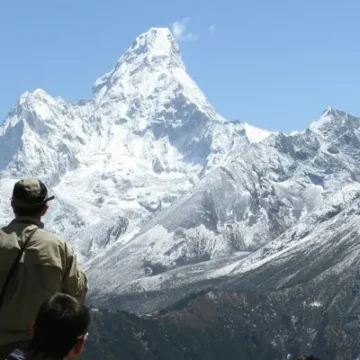
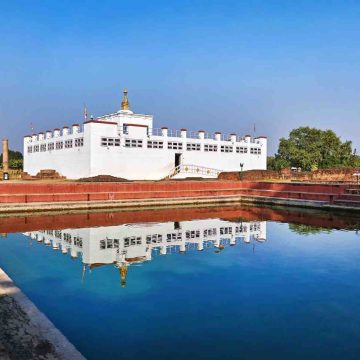

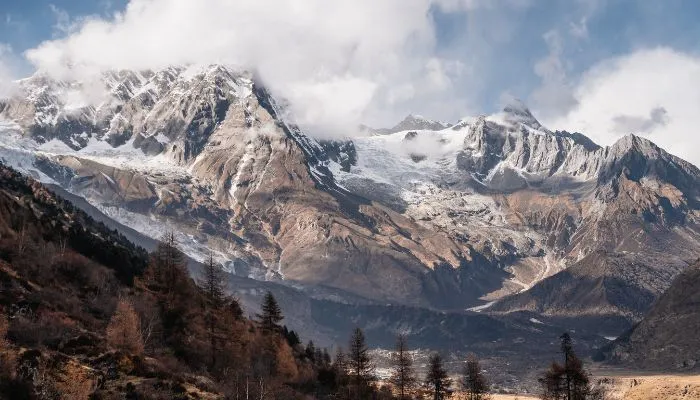

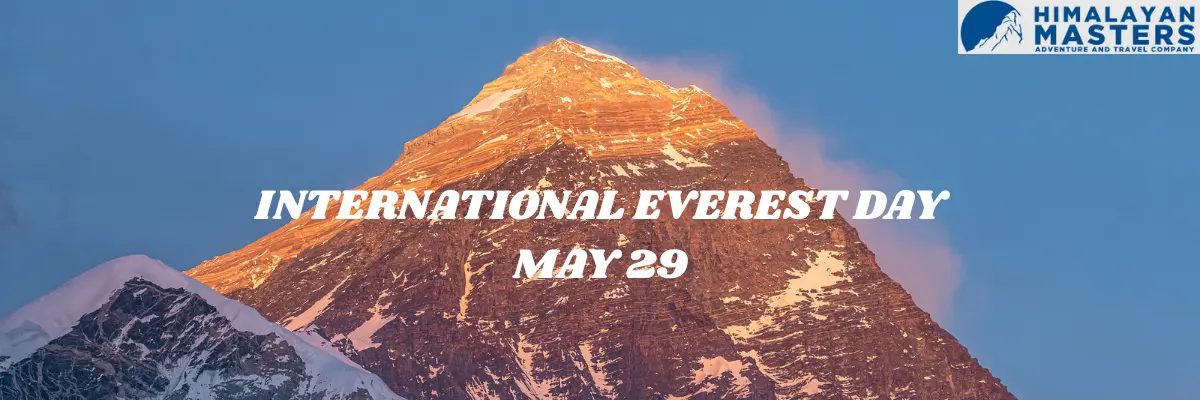












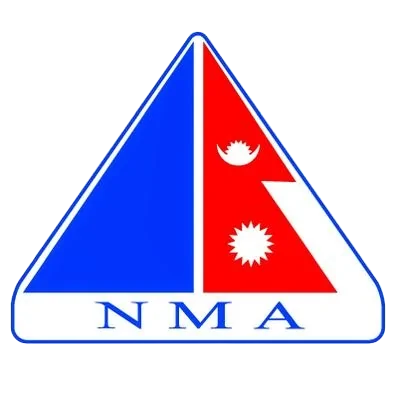


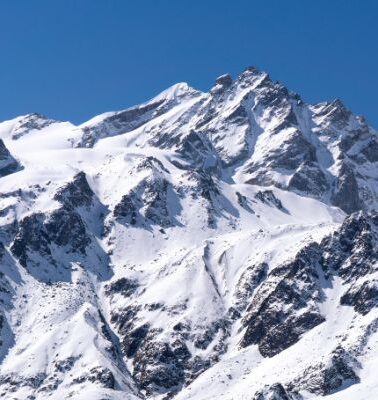
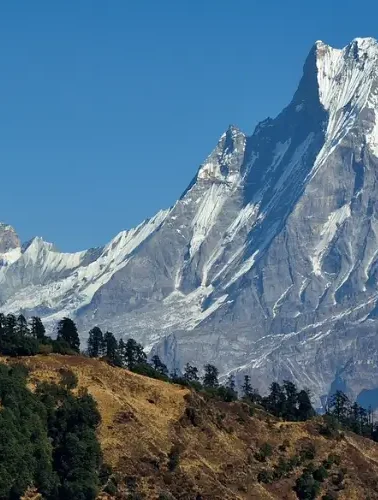
Leave Your Comment